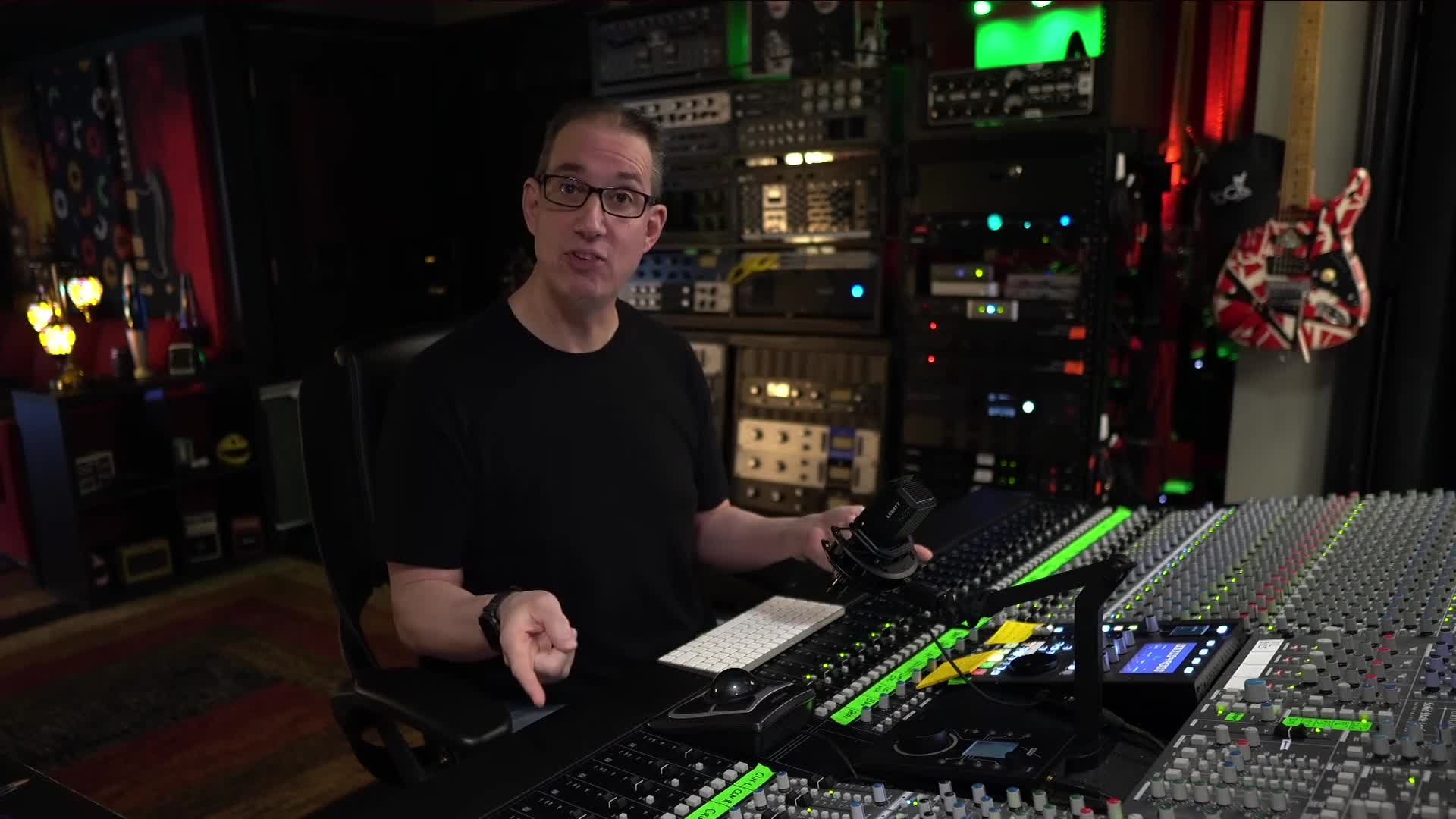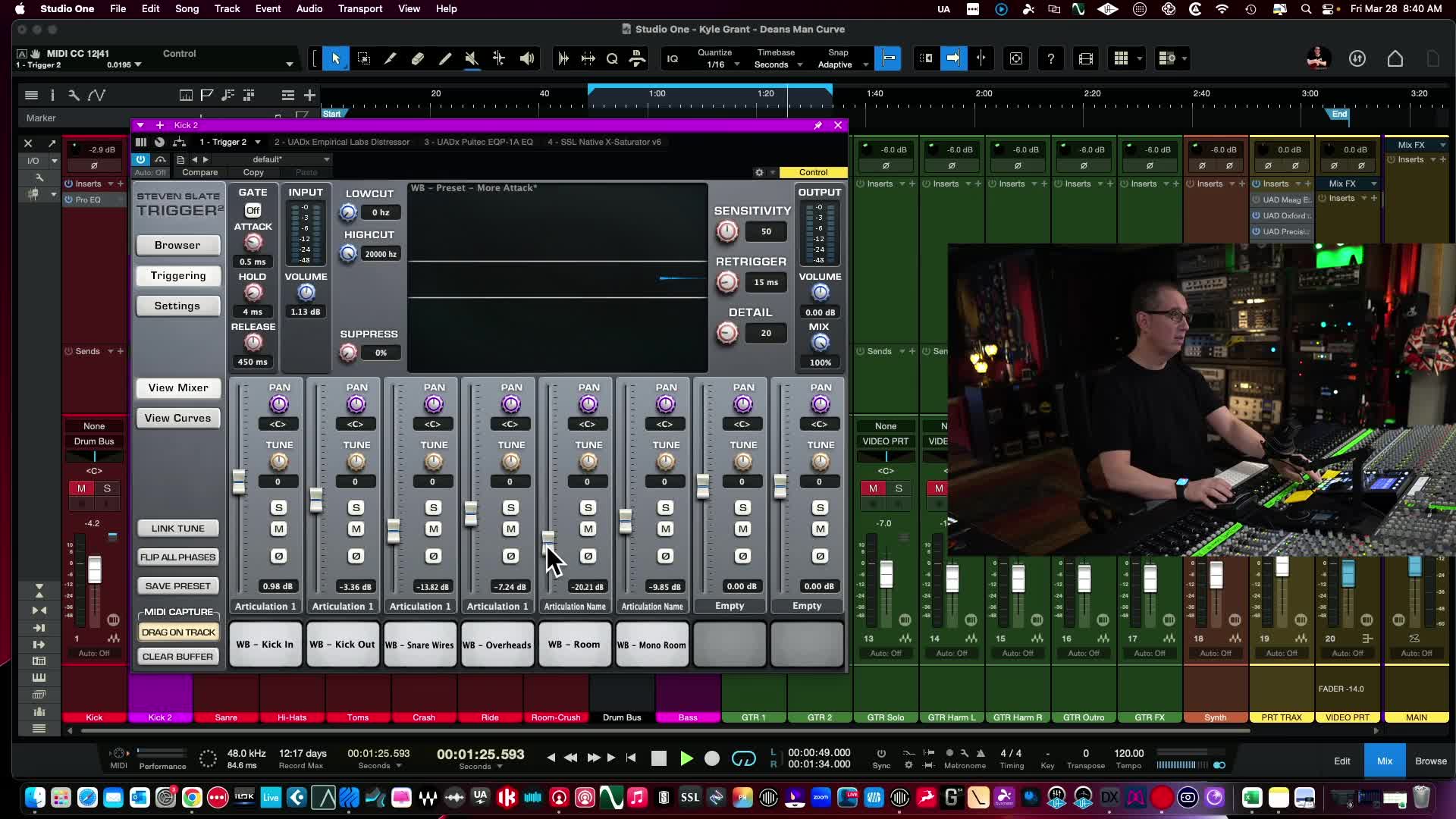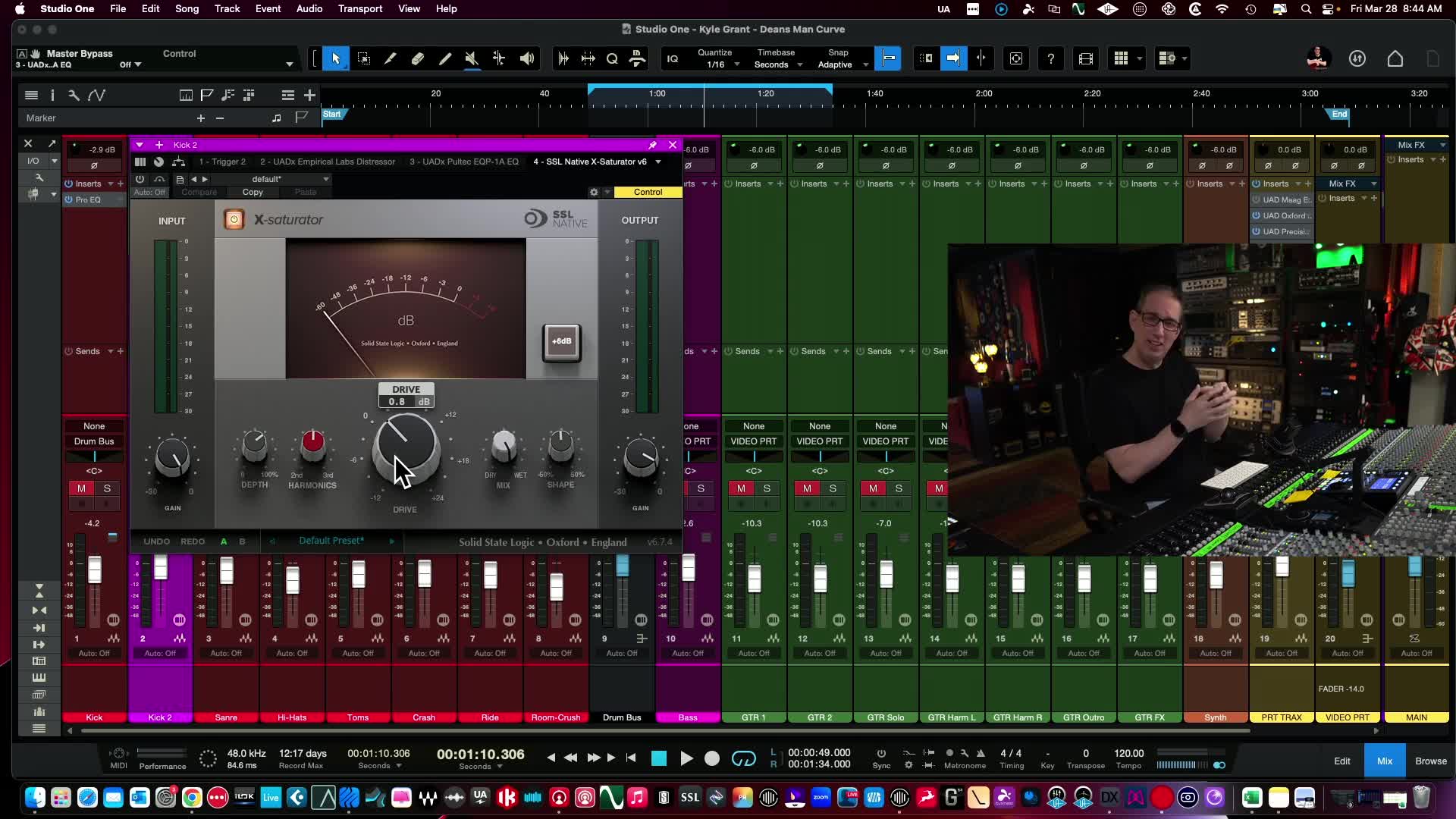Advanced Techniques for Mixing Kick Drums

Hey everyone! Welcome back to HomeRecordingMadeEasy.com and my YouTube channel. Today, we’re diving back into the world of kick drum mixing, and this time, we’re elevating our game to an intermediate to advanced level. If you missed the basics on EQ-ing a kick drum a couple of weeks ago, be sure to click the link in the description of that tutorial. We'll cover how to EQ a kick drum in isolation, alongside drums, and within the entire mix for those just starting. Now, let's ramp it up and explore how to further enhance your kick drum.
Getting Started: Context and Setup
First things first—let's set the stage. We’ve got a rock instrumental track, and we're focusing on a specific section where we'll examine the kick drum's impact. Previously, we addressed EQ fundamentals and improved the kick drum's thump by adjusting the stock EQ. This time, we're adding more presence and power. Let’s revisit where we left off.
"Enhancing a kick drum isn't just about adding EQ; it's about crafting its presence within your entire mix."
Immediate To-Do List:
-
Listen to the previous mix segment
-
Assess without existing processing
-
Prepare the duplicated track for advanced adjustments
Here's how the kick drum integrates within the entire mix. Remember, this is just a basic setup to showcase the kick; no additional processes are applied beyond the EQ adjustments from our last video.
Listening Phase
Before making any changes, always listen to the track in its raw form. Here's what we have prior to implementing new adjustments:
AUDIO CLIP OF RAW MIXThe Power of Duplication
One effective technique is to duplicate your kick drum track. This approach provides more control and flexibility. I've duplicated the kick track and labeled it in purple to distinguish between the original and enhanced versions. Let’s examine how the duplicated track can amplify the kick drum’s power using various techniques.
Enhancing Your Kick Drum Sound
1. Sample Replacement
The primary kick drum is a sample, but to add diversity to its sound, I used a sample replacement tool—Trigger 2. It’s an industry staple for drum replacement, allowing you to add multiple layers to a sound. Here’s what makes Trigger 2 invaluable:
-
Multiple Layers: Blend up to eight layers for a robust sound.
-
Built-in Presets: Use stock presets or third-party samples available for variety.
-
Room Samples: Incorporate room effects from actual recordings which can create a more realistic space.
Listen to the Transformation:
-
Original sample
-
Enhanced with Trigger layering
2. Advanced Compression Techniques
Compression can redefine a kick drum's impact. Using a Universal Audio Distressor, we elevate its presence by emphasizing its sustain:
-
Bring heft and fullness: Dial-in settings like "Kick Drum More Sustain."
-
Parallel Compression: Mix wet and dry signals for a balanced effect.
Code and settings:
Universal Audio Distressor- Ratio: 4:1- Attack: Fast- Mix: 50% wet/dry3. Boost and Attenuate with EQ
For EQ, we're using a Pultec EQP to nurture both low and high frequencies:
-
Boost at 60Hz: Enhance low thumps.
-
Attenuate and Boost at 8kHz: Add clarity and attack.
4. Add Character with Saturation
To add a bit of grit and personality, include saturation. We use an SSL native saturator for tasteful distortion:
-
Gives a subtle edge
-
Adds warmth and depth
Final Steps: Blending the Enhanced Kick
Combining the original and processed kicks can yield a perfectly balanced sound. Let’s see how to achieve this using dual faders for individual volume control:
A/B Comparison
-
Original Kick Drum Sound: A straightforward thump post-EQ.
-
Enhanced Kick Track: Added depth, presence, and excitement.
Blend the two tracks to taste, gradually increasing the volume of the processed track until the desired punch and character are achieved.
Review and Adjust in Context
After individual adjustments, always listen back within the mix context. The aim is to ensure the kick complements the entire song.
Listen and Fine-tune
-
Pay attention to other instruments' interplay with the kick
-
Adjust levels to maintain a cohesive sound
Conclusion and Additional Resources
By incorporating advanced techniques—sample replacement, dynamic compression, EQ, and subtle saturation—you can elevate the role of your kick drum in a mix, providing it with added personality and punch without overpowering other elements.
"Incorporating advanced techniques gives your kick drum the extra punch it needs to stand out."
If you found this helpful, check out the free $97 valued mixing course on HomeRecordingMadeEasy.com, and stay tuned till the end for a discount code on two must-have courses: EQ Made Easy and Compression Made Easy.
Join the Conversation
Let us know how these tips helped enhance your mixing techniques. Share your own strategies in the comments below, and discover how to take your sound to the next level!
For more in-depth knowledge on mixing and mastering, please visit our online school and explore the wide array of courses available to boost your skills.
I’m Dave, your mixing guide, and I can’t wait to see you elevate your music to new heights. See you in the next video!





